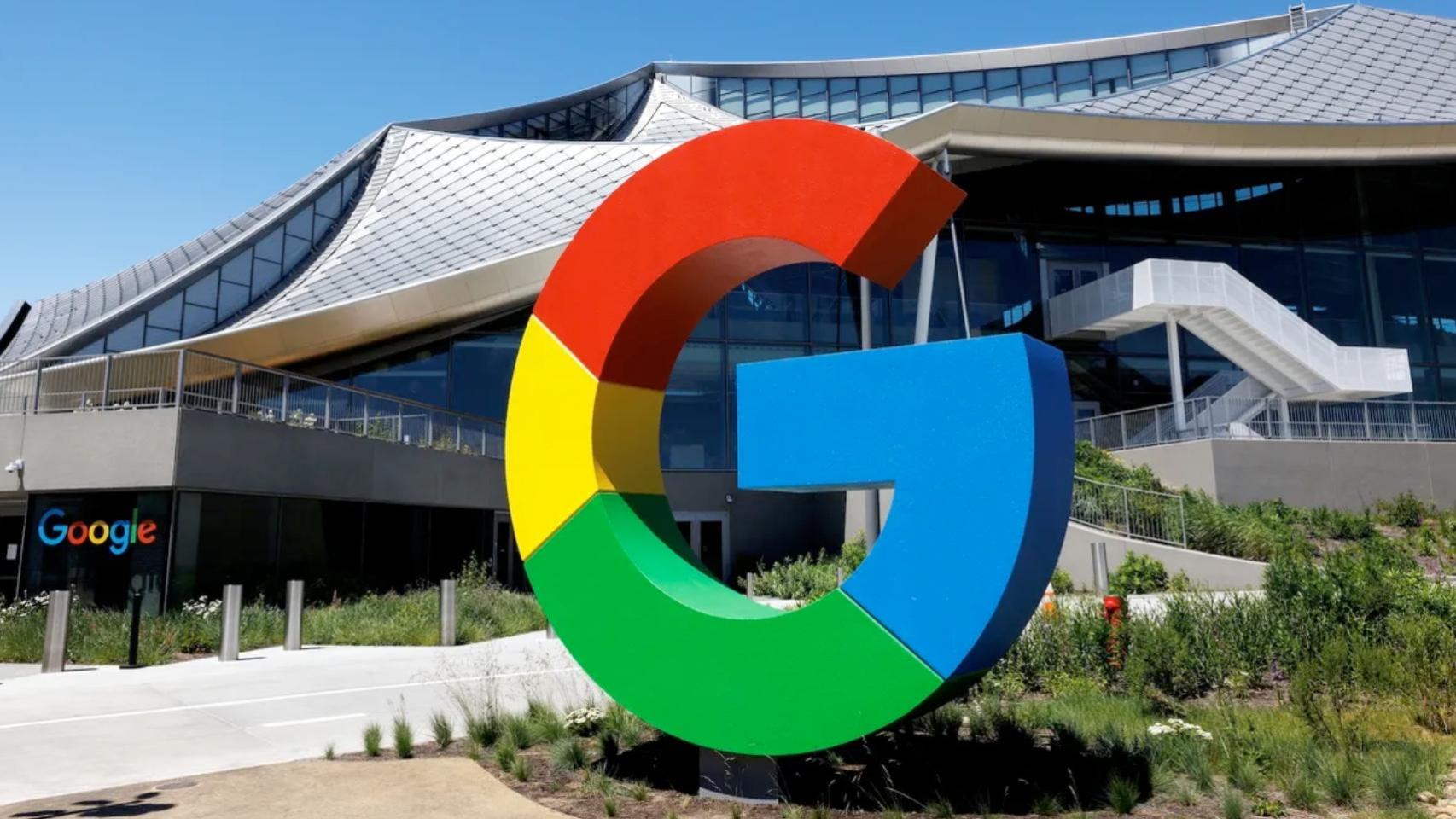You turn on the TV to watch YouTube, Netflix or free channels and the first thing you see is an advertisement. Although over time we have become accustomed to advertisements, ads on the home screen of Google TV and Android TV They seem to cross a certain red line that, in my opinion, should not be crossed.
Google search new spaces where you can sell adsand these gaps are in your TV. These are ads that appear before you even open an app, which in many cases will show you more ads.
And suddenly, advertisements
I’ve had a TV with Android TV for many years now and I also have a Chromecast with Google TV. Initially, the two systems differed greatly in their approach: Android TV focused on acting as a launcher for opening streaming apps, while on Google TV, the focus was on providing its own contentregardless of the application it comes from.
But being a simple launcher for opening apps doesn’t offer many monetization opportunities. This is why, over the years, Android TV has mutated to look more and more like Google TV. Part of this relationship lies in integrate content recommendations
It’s the same story that Google repeats over and over again in many of its products: delivering results and include interspersed advertisements. But on your TV.
Google has been preparing the ground for months to integrate content recommendations on Google TV and Android TV. Once you get used to the recommendations, the ads arrive
These recommendations have recently turned into full-screen recommendations and, even worse, directly ads that appear as soon as you turn on the TV, on Google TV and Android TV. They don’t play automatically (yet), but as soon as you make one wrong move with the remote – which isn’t difficult since the ad is in a prime location – you’ll open the entire ad, possibly on YouTube.


“Hey buddy, I know you’re here to watch Netflix, but are you sure you wouldn’t like to buy a car?” – Google TV
These ads are displayed correctly marked as “Sponsored”although other recommendations are for movies or series on streaming services in which we may or may not have an account. Here the question is already philosophical whether we consider these to be advertisements or useful content. For me personally, they seem a bit random and come from platforms I don’t use, so if I could I would delete them.
The subject is particularly thorny because cannot be disabled without taking drastic measures. To get started, you can enable Apps Only mode, which basically turns the launcher into an app drawer with your apps and that’s it. Either you get everything or you have nothing… except an application launcher.


The “Apps Only” mode is a solution, even if it is perhaps too radical.
Intermediate terms exist, as we saw on Android TV a few years ago, but Google presents us w ith two extreme options
The result is as follows: Overnight, your TV is showing you advertisementswhen it didn’t when you decided to buy it and the price it cost at that time was right. There is, in my opinion, the red line.
The equivalent is that You will buy a toaster and after a year it will start burning bread with advertisements advertisement. Or that your DSLR camera starts embedding a watermark from the local grocery store on every photo you take, a month later. We put our hands on our heads.
And yet, with apps and operating systems like Google TV, we’ve become so desensitized to ads that we feel like there’s nothing we can do about it, except maybe ¯\_(ツ)_/¯ . The fact that something that didn’t have an ad when we bought it later has This seems particularly murky.
If Google wants to make money by plastering TVs and Chromecasts with ads, then it should lower its price and offer something extra to those who have already purchased it.
They say that when you don’t pay for something, you are the product. With the post-shot ads on my Chromecast with Google TV, the feeling is that of having paid for something and also being the product. The terms of use have changed and there is only one beneficiary, who is not the end user.
In Xataka Android | Google TV in-depth: Everything you can do on your TV and how to get the most out of it








